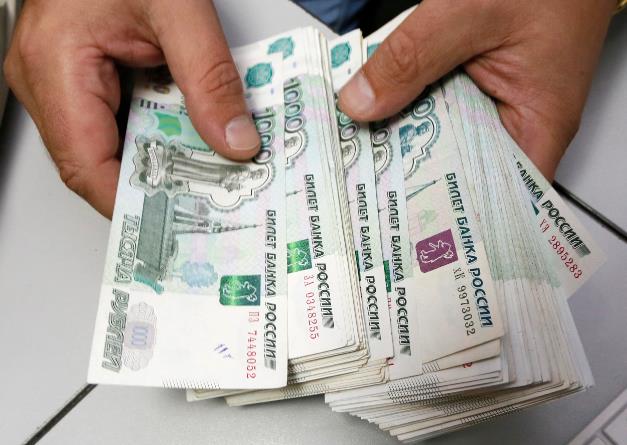Russia is facing a severe currency crisis, as the ruble has plunged to its lowest level against the dollar since the start of the war in Ukraine. The country’s central bank has announced that it will halt foreign currency purchases and launch a digital ruble to stabilize the situation. However, some experts and investors are skeptical about the effectiveness of these measures.
The causes of the ruble’s decline
The ruble has been losing value since the beginning of 2022, when Russia invaded Ukraine and triggered a wave of international sanctions. The sanctions have cut off Russia’s access to global markets and reduced its oil and gas revenues, which account for about 40% of its budget. The COVID-19 pandemic has also worsened the economic outlook, as Russia has struggled to contain the virus and vaccinate its population.

The ruble has also been affected by the rising inflation and interest rates in the US, which have strengthened the dollar and made it more attractive for investors. The US Federal Reserve has signaled that it will start tapering its bond-buying program and raise its benchmark rate sooner than expected, in response to the surging inflation and growth. This has increased the demand for the dollar and put pressure on emerging market currencies, including the ruble.
The central bank’s response
The Russian central bank has taken several steps to try to stop the ruble’s slide and support the economy. On Wednesday, August 10, 2023, it announced that it would stop buying foreign currencies on the global market until the end of the year, in order to reduce the supply of rubles and increase their value. It also said that it would continue to sell foreign currencies from its sovereign wealth fund, which it has been using to finance the war in Ukraine.
In addition, the central bank said that it had begun pilot testing a digital version of the ruble, which it plans to launch for public use by 2025. The digital ruble is a new form of money that will exist alongside cash and bank deposits, and will be issued and controlled by the central bank. The digital ruble will be accessible through a mobile app or a card, and will allow users to make payments and transfers without intermediaries or fees.
The central bank hopes that the digital ruble will help boost financial inclusion, innovation, and stability. It also expects that the digital ruble will reduce the dependence on foreign currencies and payment systems, and enhance the sovereignty and security of the country.
The doubts and challenges
However, not everyone is convinced that the central bank’s actions will be enough to save the ruble and the economy. Some experts and investors have expressed doubts about the feasibility and effectiveness of the digital ruble project, as well as its implications for privacy and regulation.
For instance, some analysts have questioned whether Russia has the technological infrastructure and expertise to implement a digital currency system that is reliable, scalable, and secure. They have also pointed out that Russia faces legal and political hurdles to adopt a digital currency, as it would require changes in its constitution and legislation.
Moreover, some observers have argued that the digital ruble will not solve the underlying problems that are causing the currency crisis, such as the sanctions, the war, the inflation, and the lack of structural reforms. They have also warned that the digital ruble could pose risks for financial stability, monetary policy, and cyber security.
